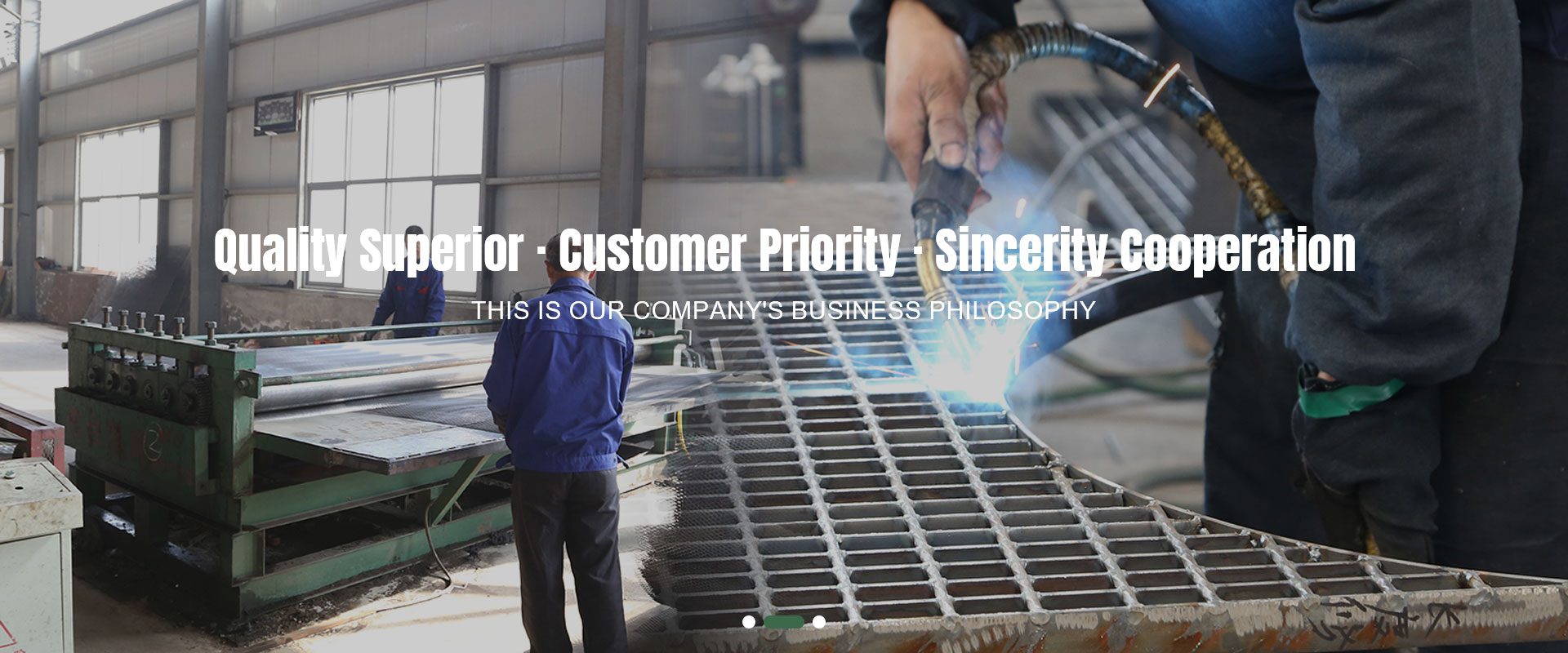Chain Link Fence Installation A Comprehensive Guide
Installing a chain link fence can be a practical and cost-effective solution for enclosing your property. Whether it’s to keep pets contained, enhance security, or designate boundaries, chain link fencing offers durability and low maintenance. This guide will walk you through the process of installing a chain link fence, ensuring that your project is successful and rewarding.
Materials Needed
Before you begin, gather all the necessary materials and tools. Here’s a list of what you’ll typically need
1. Chain Link Fencing Material This includes the chain link fabric, top rail, bottom rail, and fence posts. 2. Concrete For securing the fence posts in the ground. 3. Gates Decide if you want a swing gate or sliding gate based on your access needs. 4. Hardware This includes tension bands, tension wires, and other fittings needed for installation. 5. Tools Post hole digger, measuring tape, level, sledgehammer, pliers, and wire cutters.
Step 1 Planning and Layout
Start by planning the layout of your fence. Measure out the area where you’ll be installing the fence. Use stakes and string to mark the corners and the line where the fence will go. Check local regulations or homeowners association rules regarding fence height and placement. Be sure to contact local utility companies to mark any underground lines before digging.
Step 2 Digging Post Holes
Once your layout is marked, it’s time to dig the post holes. The depth of the holes should be about one-third the length of the posts, typically 2-3 feet deep. The holes need to be wide enough to hold the posts securely. A post hole digger is the most effective tool for this job. Make sure the holes are evenly spaced, generally around 6-10 feet apart, depending on the type of fence you’re using.
Step 3 Setting the Posts
Insert the fence posts into the holes. Use a level to ensure each post is plumb (vertically straight). Once the posts are positioned correctly, fill the holes with concrete mix, ensuring that it surrounds the posts entirely. Allow the concrete to cure according to the manufacturer’s instructions, usually around 24-48 hours.
Step 4 Attaching the Rails
chain link fence installation

With the posts securely set, the next step is to attach the top rail and bottom rail (if you’re using one). The top rail is usually connected with brackets to the posts and helps to maintain the fence's structure. If you are using a bottom rail, make sure it is secured in the same manner. The tension wires can also be attached at this stage for added stability.
Step 5 Installing the Chain Link Fabric
Now it’s time to roll out the chain link fabric. Start at one end of the fence line and unroll the fabric towards the other end. It should be taut but not overly stretched to avoid tearing. Use tension bands and clips to fix the fabric to the posts securely. Ensure that the fabric is slightly elevated off the ground as this helps prevent rust and damage.
Step 6 Adding Gates
If your design includes gates, now is the time to install them. Follow the manufacturer’s instructions for the specific type of gate you have chosen. Ensure it swings or slides freely and that it fits securely within the frame of the fence.
Step 7 Final Touches
Once the installation is complete, double-check everything for stability and security. Trim any excess fabric and ensure all hardware is tight. If you want to enhance the aesthetic, consider adding a coat of paint or a protective sealant specifically designed for metal fences.
Maintenance Tips
Chain link fences require minimal maintenance. Regularly check for any signs of rust and apply a rust-inhibiting paint as necessary. Ensure that gates function properly and keep the area around the fence clean and free from debris.
Conclusion
Installing a chain link fence can be a fulfilling DIY project that adds both functionality and value to your property. By following this guide and taking your time during each step, you can achieve a sturdy and attractive fence that meets your needs for years to come. Remember, thorough planning and careful execution are key to a successful chain link fence installation. Happy fencing!
-
Trusted Expanded Metal Mesh For All Projects
NewsMay.08,2025
-
Stainless Steel Expanded Metal for Versatile Uses
NewsMay.08,2025
-
Reliable Steel Grating Choices
NewsMay.08,2025
-
Perforated Sheet Metal for Every Need
NewsMay.08,2025
-
Heavy Duty Expanded Metal Mesh for Robust Solutions
NewsMay.08,2025
-
Expanded Aluminum Metal for Versatile Applications
NewsMay.08,2025
Subscribe now!
Stay up to date with the latest on Fry Steeland industry news.

